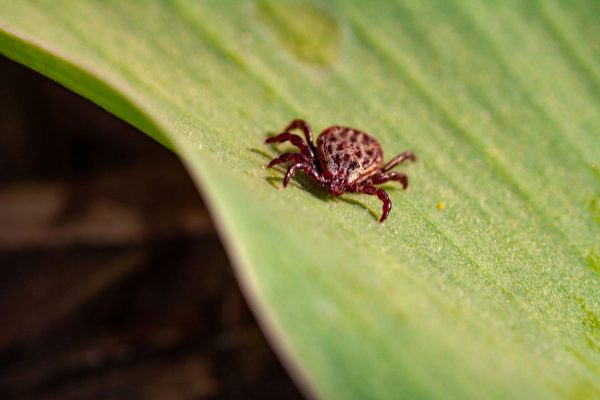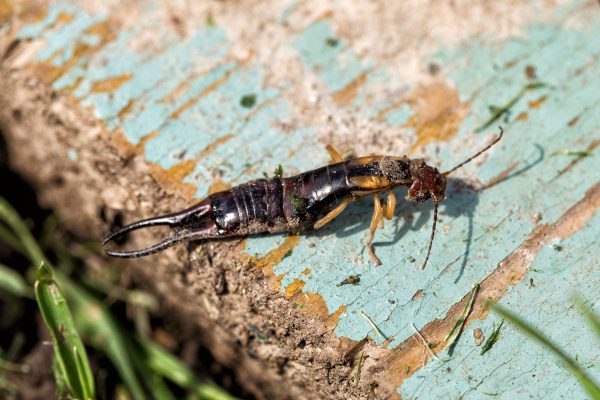If you see these tiny elongated creatures on your plants, it's natural to worry. Are they going to eat and ruin your beloved plants or is there a possibility that they are good for your greens at home? We asked the experts if springtails are good for plants and here's what they told us.
In general, springtails are beneficial to plants. They feed on the decayed matter and then leave waste that serves as a fertilizer in the soil. Their presence also alerts gardeners not to overwater their plants so that they can stay healthy.
Keep on reading to know more about the benefits that springtails provide to your greens at home. We'll also tell you about the instances when these creatures can damage plants. This article will also answer if springtails can live on dry soil and give you tips on how to manage their population. Let's get started!
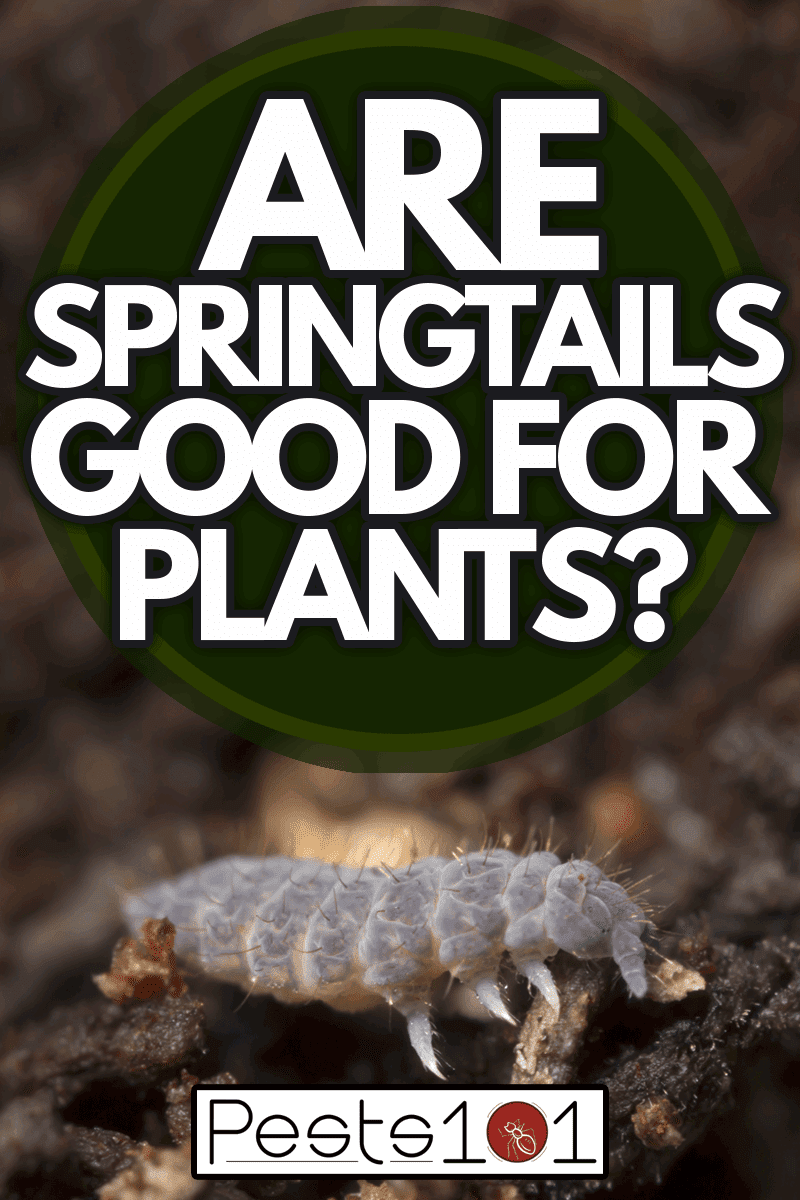
Will springtails eat my plants?
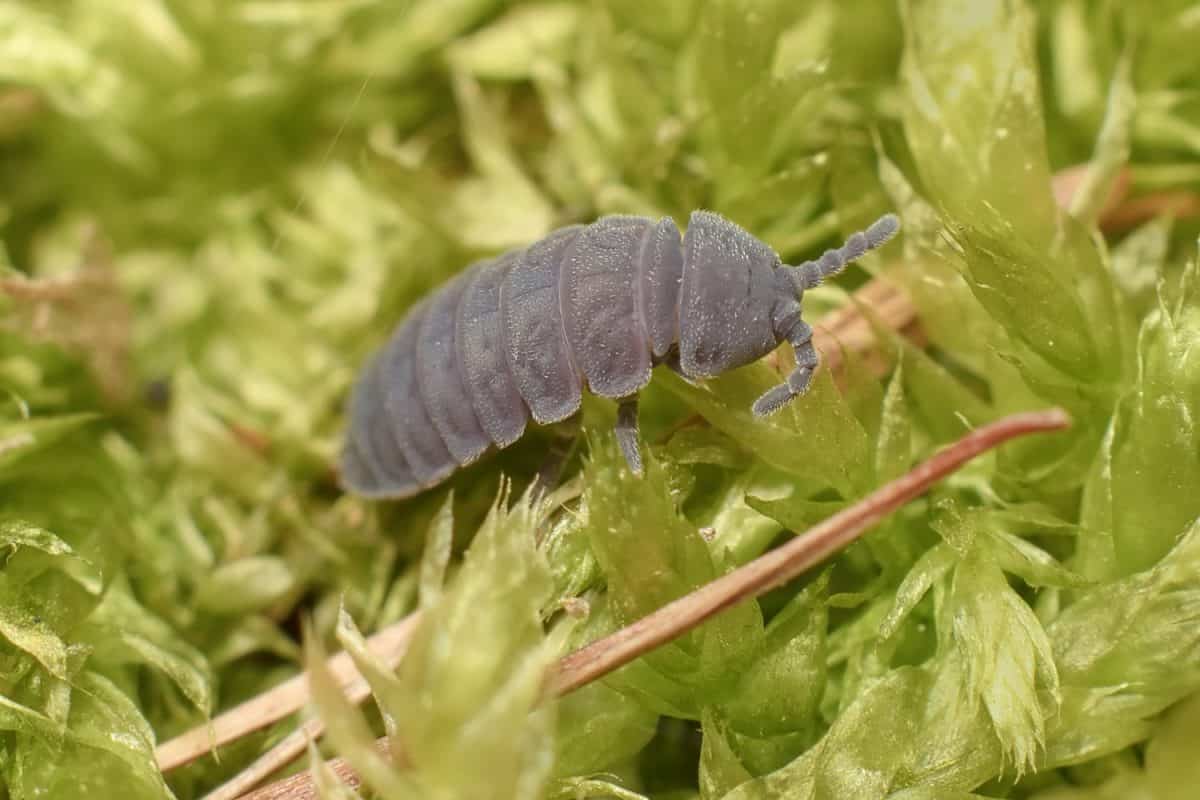
Seeing foreign creatures on your plants and lawn immediately sends a warning to your brain. We all know how hard it is to maintain healthy plants and we want to protect them from any kind of harm. It's no wonder then that the sight of springtails on your beloved indoor plant can send you into panic mode.
Keep yourself calm as we tell you more about these creatures. Springtails belong to the order Collembola. They resemble small insects but they aren't really considered as such because of their internal mouthparts.
They have six feet, antennae, and a forked tail that's attached to their underbelly which allows them to spring or jump for up to 300 times their body lengths.
You can usually find springtails indoors or outdoors wherever there are plants, soil, and moisture. These surroundings are essential for their survival. Yes, they love staying in these places because these are where they get their food sources.
What Do Springtails Eat
But for the most part, they don't eat plants. What they do feed on is the dead organic matter like dead leaves on the soil. In turn, their waste acts as fertilizers for the soil, making it healthier and more nutritious for the plants. They are detritivores by nature.
Aside from dead plants, they also feast on animals and their waste. Springtails are also microbivores. They eat microbes, fungus, mold, and other similar organisms which is also good for your plants.
Springtails Remind Us Not To Overwater
Their presence also helps alert gardeners that they are overwatering their plants. They would then control the number of times that they water their plants and schedule them as needed so as not to kill the plant.
That's why in these cases, many say that springtails are beneficial to plants especially if their numbers are controlled.
Damage Caused By Springtails
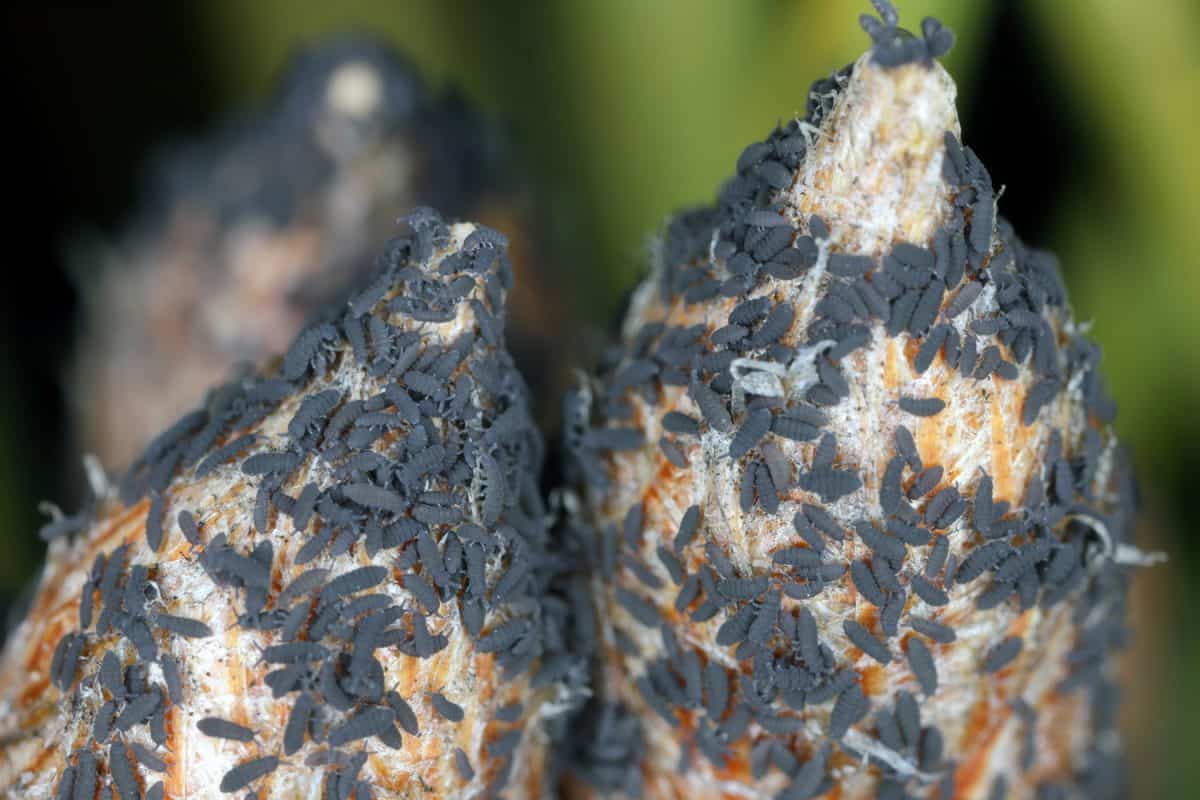
However, we would like to inform you that springtails can also damage some plants. They can feed on young germinating plants and roots when they don't have other food sources around or there's an overpopulation of these creatures in a single pot so they are fighting for food.
Springtails have an internal mouth that they can use to eat these plant parts. However, their mouths aren't strong enough to munch on established plants and other parts that are thicker and stronger.
But when they do feed on young plants, it means that there would be reduced growth of your seedlings. And when they damage the roots, the plant itself will die eventually because the nutrients won't be able to reach other parts of the plant.
When it comes to other parts of your house where you see an infestation of springtails, they don't usually cause any damage. They also don't bite humans or carry diseases.
They are mainly considered pests because of their presence, especially in uncontrolled numbers. After all, who would want a bunch of non-insects crawling or jumping around in your plant beds or potted plants, right?
Can springtails live in dry soil?
Springtails thrive in an environment that has a high moisture content. This is why most of them can't live in dry soil. They need moisture to survive which is why they gravitate toward damp places in your homes such as your potted plants, bathrooms, basements, and garages.
They also love to stay under the leaves, soil, and bark of the trees because these places are able to preserve moisture.
Their anatomy has something to do with this. These creatures have a very thin outer layer which easily allows water to pass through their bodies. As such, they can dry out fast enough if the water loss isn't supplemented by a moist environment.
Their bodies have also become adapted to their love for water. They are covered with a cuticle or skin that repels water, dirt, and oil. You can even find some springtails floating on water.
Springtails' Watery Evolution
This is connected to their origin or history where it is believed that they came from the sea before they settled in semi-aquatic environments and moist forest soils.
Springtails love damp and humid places so much that if you want to get rid of them, you must address the humidity level and moisture issues in your home.
But some springtails can also survive in dry environments outdoors such as buildings and urban sidewalks as long as there's a food source for them. They can feast on decaying matter such as fallen leaves and fungi and microbes. This is the reason why you can find springtails everywhere in the world!
How to Get Rid of Springtails
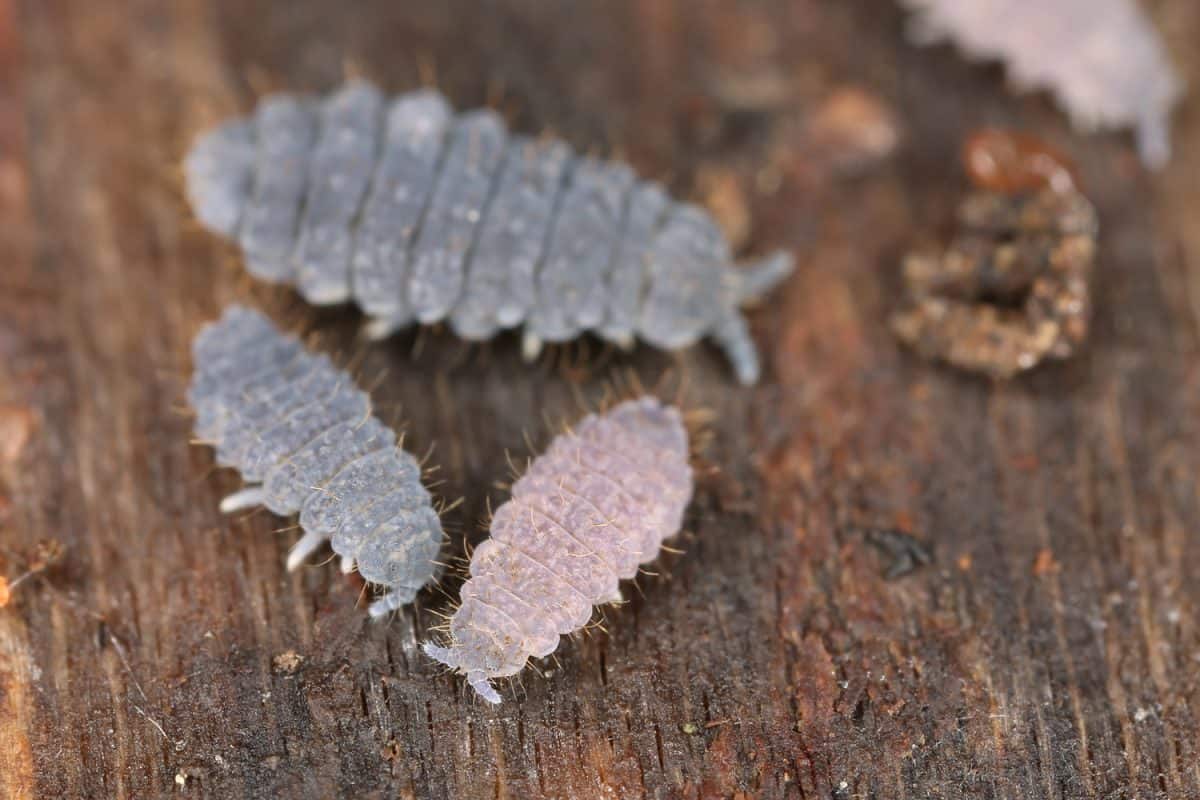
Even though these creatures aren't harmful in general, it is not a pretty sight to behold when you see a whole bunch of them staying together or worse, jumping from one pot to another.
They can reproduce quickly in a span of one month so before you know it, they might already be anywhere in your home especially in the damp and humid areas under your kitchen sink, carpet, and your potted plants.
As mentioned earlier, their presence in large numbers is a nuisance so it is best to know how to manage their growth, especially inside your home. Here are some tips for you.
Reduce Humidity and Moisture
Since springtails thrive in moist and humid environments, you need to address this issue before anything else. Make your home unconducive for their growth and reproduction.
You can reduce moisture by putting fans and dehumidifiers in portions of your home that are oftentimes damp. Make sure also that the surfaces are dry by wiping immediately when they get wet and allowing proper ventilation.
Click this link to find this dehumidifier on Amazon.
Don't Overwater
The presence of springtails in your plants tells you that you're overwatering them. They are loving the moist and damp soil. But most plants don't like this so it's best to schedule your watering accordingly.
Allow the soil to dry completely before you water the plants again. It's just like depriving them of food.
Seal Your Home
Since these creatures are very small, they can find their way inside your house through tiny gaps in your doors, walls, and windows. Put seals, weather strips, and caulk where applicable to prevent them from entering.
Check out these weather strips for doors and windows on Amazon.
Insecticide Sprays
When they have reached an uncontrollable number, you can use short-lived pesticides like allethrin and pyrethrins to prevent them from multiplying further. You can spray this on the soil, around and under your potted plants, or near your walls, windows, and doors where you see them entering.
Just make sure that the insecticide you buy is safe to use on houseplants. Read the manufacturer's instructions regarding its application.
These are just some of the things that you can do to prevent springtail infestation in your home.
Final Thoughts
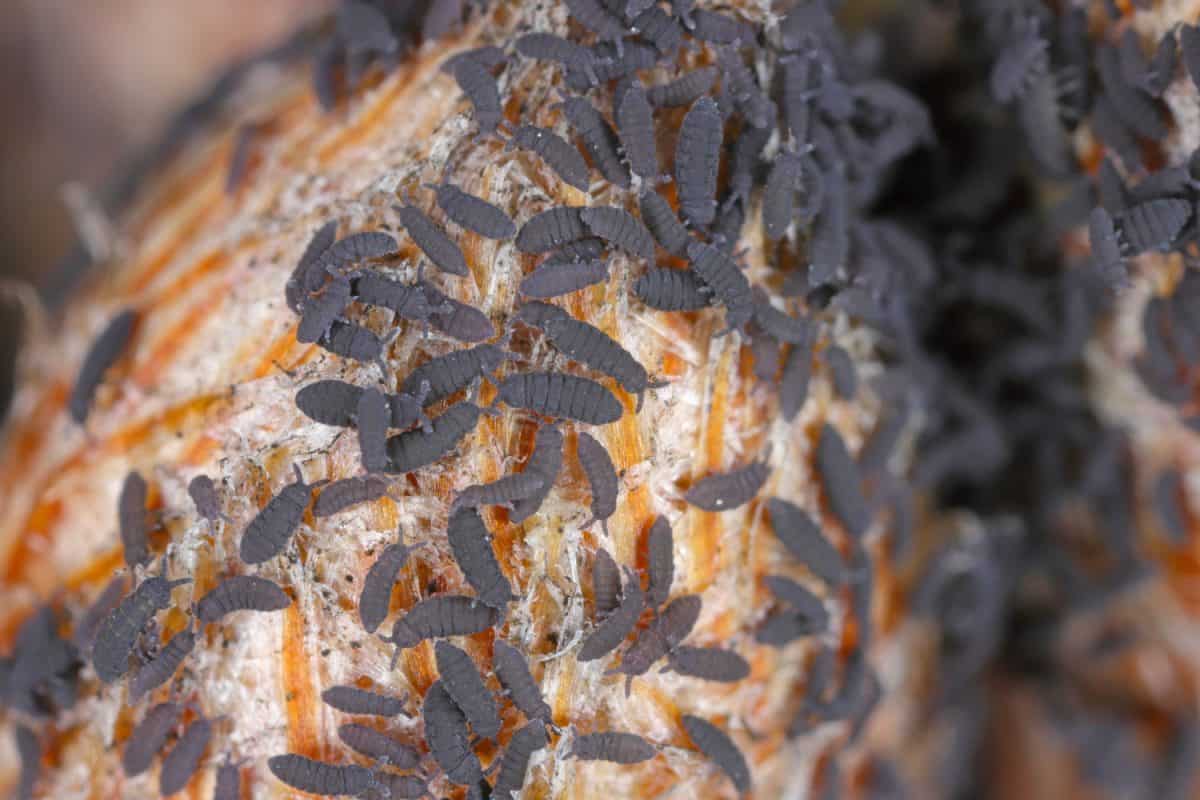
In general, springtails are not harmful to plants especially when the greens are already established and when these creatures are only present in controlled numbers. Nonetheless, it is advised that you address the issues that make your plant beds and pots a conducive place for their growth.



